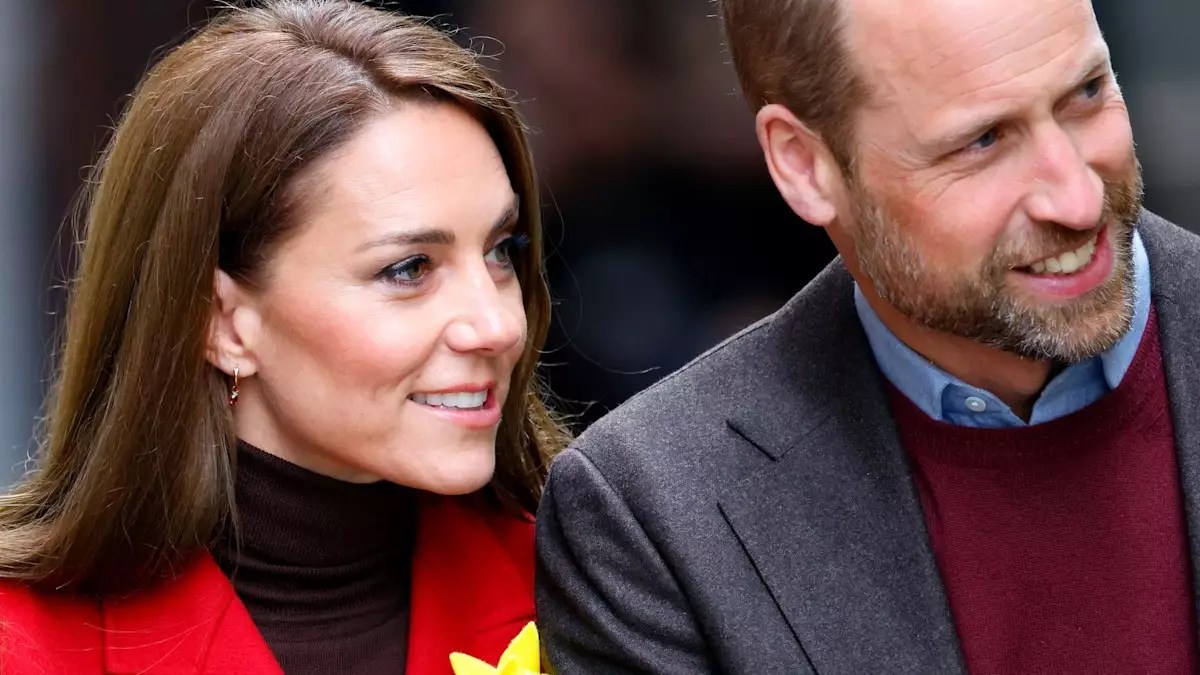Prince William and Princess Kate’s union is often seen as the quintessential modern royal romance, but the path to their marriage was far from a smooth fairy tale. Before their 2011 wedding, their relationship endured immense scrutiny not only from the media but also from the pressures that accompany being part of the British royal family. Unlike many who admire their seemingly effortless love story, it’s important to recognize that their relationship faced real challenges — including a notable breakup in 2007 that put their future in jeopardy.
Navigating the glare of public attention is challenging for anyone, but especially so for the young couple. Their love story debuted under the harsh spotlight, where every moment was magnified and analyzed. The 2007 split could have been the end, but instead, it became a transformative moment. This interlude forced them to reflect on the seriousness of their commitment amid overwhelming external pressures.
The Seychelles Trip: A Turning Point Shrouded in Secrecy
The quietly orchestrated holiday to Desroches, Seychelles, later that same year, stands out as a pivotal chapter in William and Kate’s relationship. Far from the public eye, the couple escaped using false names — Martin and Rosemary Middleton — a choice that reveals how fiercely private they needed their moments together. This deliberate act of discretion underscores a critical theme: royal or not, privacy remains a precious currency in a celebrity-laden existence.
What transpired on that island was less a romantic proposal and more a sincere pact, a mutual understanding that their relationship was worth fighting for despite previous doubts and fears. William acknowledged his own reticence toward commitment, something he partly inherited from his father, Prince Charles, whose own complex marital history is well known. Rather than rushing into matrimony, William chose to offer Kate reassurance and a promise that he intended their relationship to be lifelong — a subtle but profound gesture of trust and responsibility.
Commitment Without Ceremony: The Strength of a Promise
This private pact reveals a refreshing aspect of their romance — that commitment doesn’t always need to be defined by grand gestures or public declarations. William’s understated promise may seem less glamorous than a dramatic proposal, but it was arguably more significant. It was an honest, grounded acknowledgment of their love and future, made away from cameras or royal protocols.
This moment reflected maturity and patience, attributes often overshadowed by royal spectacle. The decision to wait before getting engaged allowed their bond to deepen naturally over the following years. When William finally proposed during a trip to Kenya in 2010, it was the culmination of years of dialogue, reassurance, and mutual understanding, rather than a sudden decision.
From University Friendship to Royal Partnership
Their story began in a far less grand setting than one might expect for future royalty — the University of St Andrews in Scotland. Their connection grew from a friendship, a foundation that arguably gave their relationship the resilience it needed to withstand the pressures of fame and public expectation. Unlike many royal relationships thrust into the limelight prematurely, William and Kate’s gradual, organic development of their love is perhaps a key factor in their longevity.
Kate’s words during their official engagement interview capture the essence of their relationship dynamic: despite their candid discussions about marriage, she was still genuinely surprised by the proposal, revealing the romantic sincerity beneath their composed public appearances. William’s confirmation that the proposal was “special” yet not a shock further humanizes their story, illustrating a couple navigating big life decisions with both emotion and pragmatism.
A Modern Royal Marriage Rooted in Mutual Respect
Now, more than a decade into their marriage, William and Kate’s partnership stands as one of the most stable and admired in the contemporary royal family. Supported by three children and their unwavering public roles, their relationship remains a testament to the power of genuine promises and respect forged in private moments. Their experience spotlights an often overlooked truth: high-profile relationships can survive, and even thrive, when built on sincere understanding and patience, rather than solely on public declarations or symbolic ceremonies.
This journey challenges the common narrative of royal relationships based on spectacle and destiny. Instead, it encourages us to appreciate the quieter, more powerful moments of commitment — those intimate agreements made away from the public eye that ultimately fortify a lifelong partnership.







Leave a Reply